Climate Change Impact Assessment
Environmental services play a crucial role in climate change impact assessment by evaluating the ecosystem's capacity to mitigate and adapt to climate change, as well as the potential risks and vulnerabilities associated with changing environmental conditions.
- Studying the impacts of climate change on rivers and streams, dams and barrages, reservoirs, and water supply systems, including changes in hydrology, water quality, and aquatic ecosystems.
- Assessing the vulnerability of water systems to climate change impacts.
- Developing climate change mitigation and adaptation strategies for the water sector.

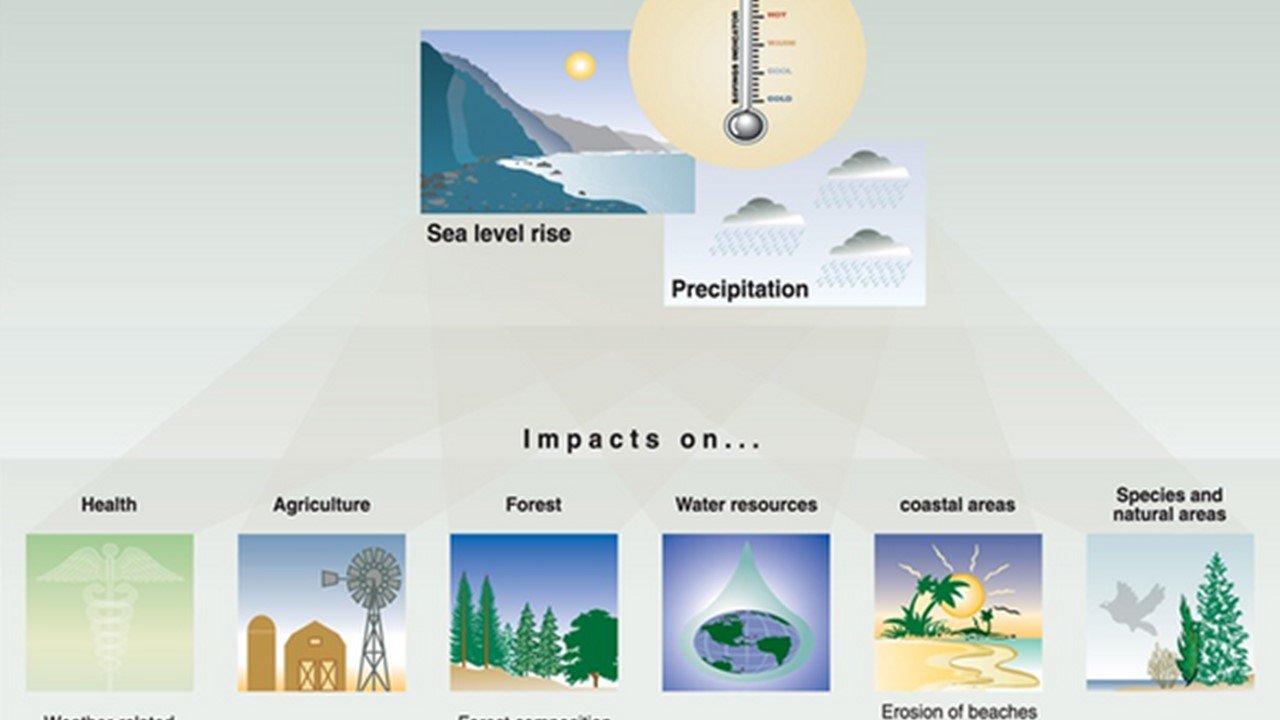
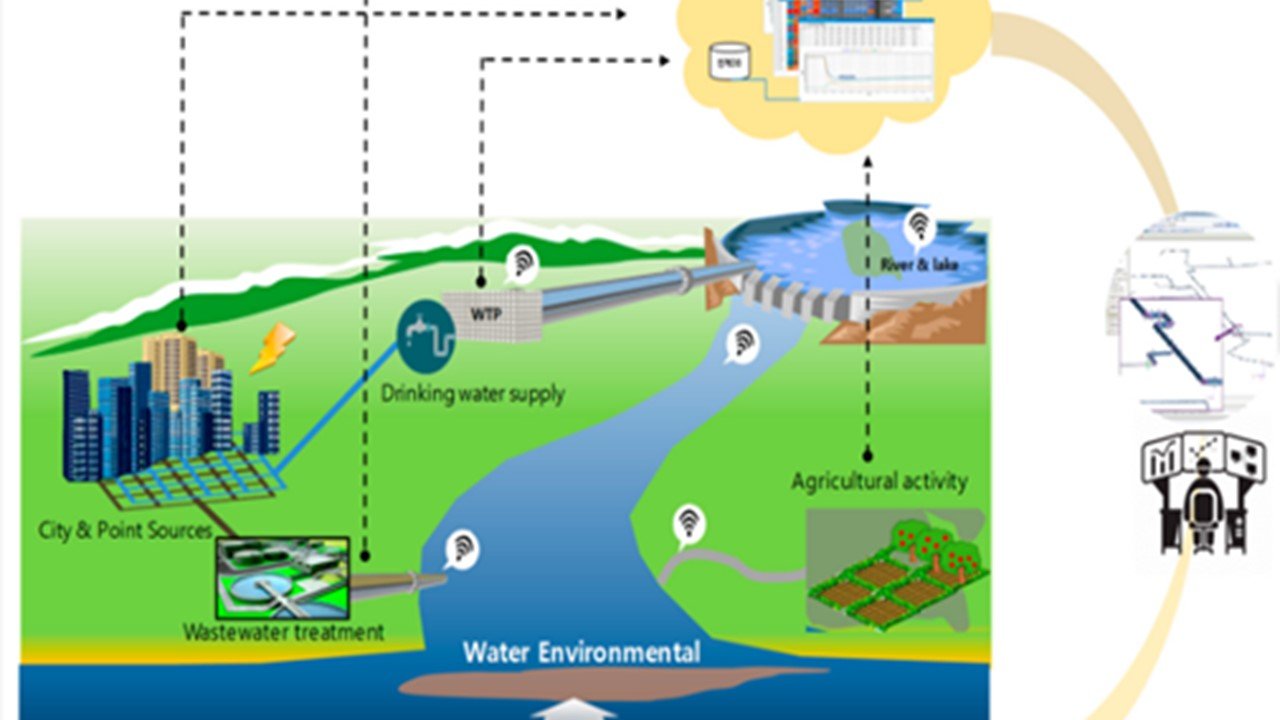
Climate change impact assessment is crucial for understanding and combating the effects of global warming. It aids in locating areas that are vulnerable, evaluating potential risks, and formulating adaption plans. Impact evaluations assist in informing policy and resource allocation by thoroughly analysing climatic data, models, and socioeconomic aspects. They support sustainable development in the face of climate change by enhancing resilience, reducing risks, and fostering it.
Environmental Impact Assessment
Environmental services are vital in environmental impact assessment as they provide essential data and insights on ecosystem functions, biodiversity, and ecosystem services, aiding in informed decision-making and sustainable development.
- Conducting EIA studies for proposed water resource development projects, such as dams, reservoirs, and water supply systems.
- Evaluating the potential impacts of water-related activities on ecosystems, water quality, and human health.
- Identifying measures to mitigate the adverse environmental impacts of water-related activities.
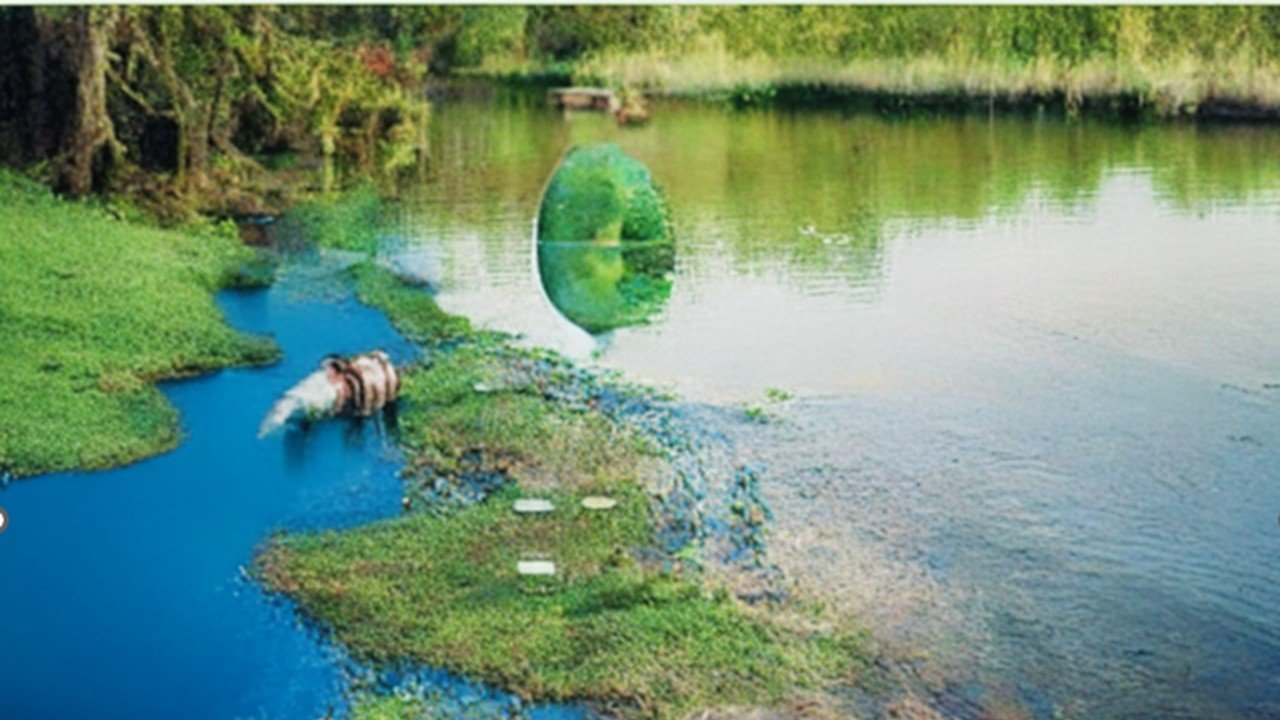
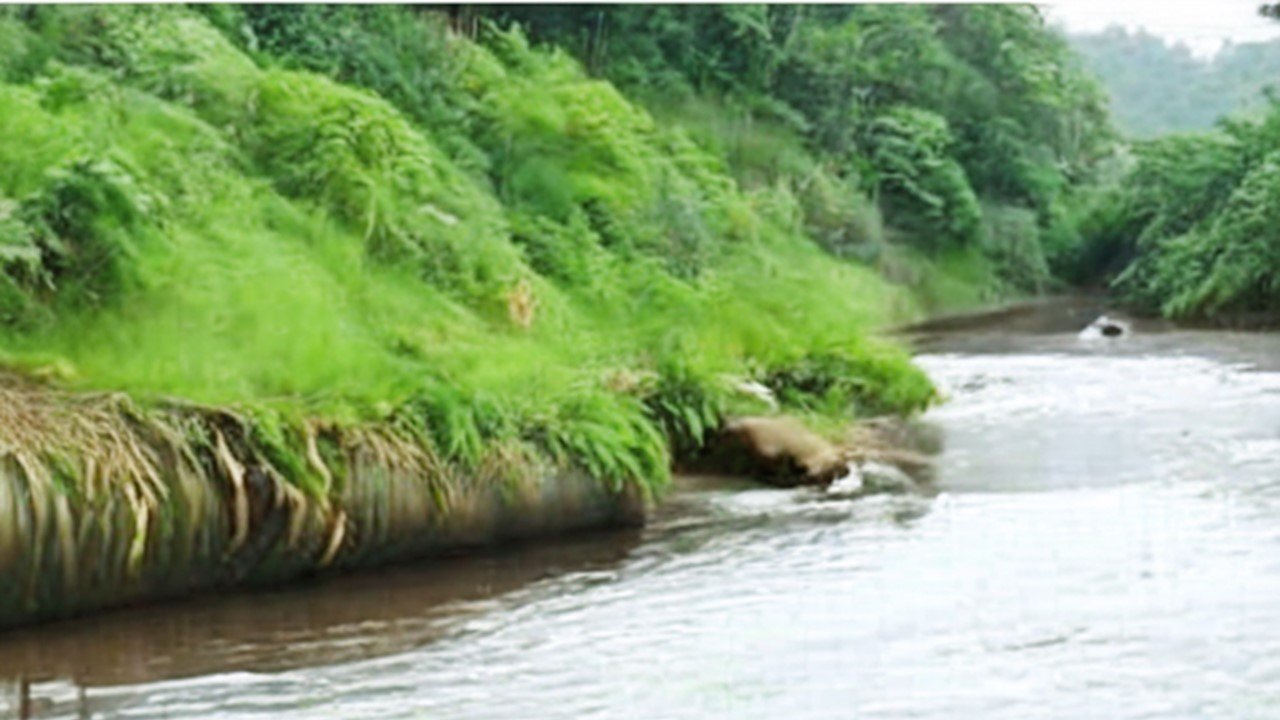
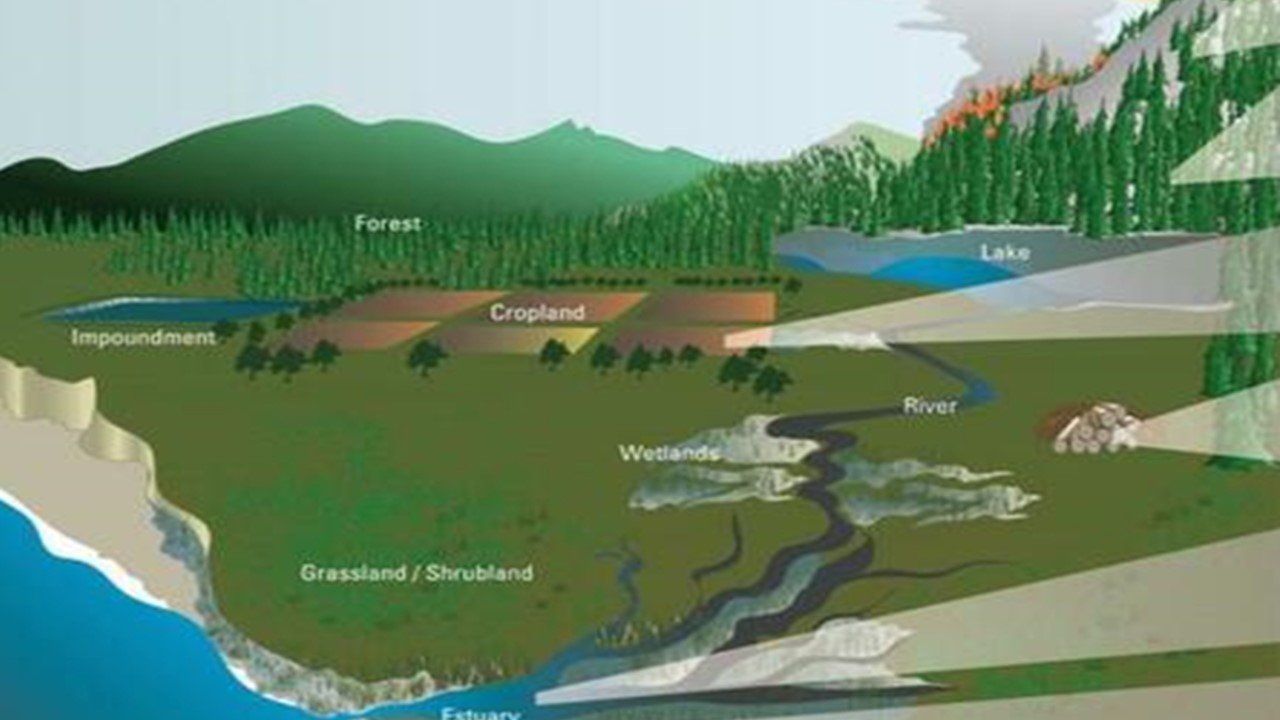
The Environmental Impact Assessment (EIA), which assesses potential environmental repercussions of projects, is essential for sustainable development. It guarantees sound judgement, encourages openness, and protects ecosystems. EIA detects potential consequences by careful examination of project operations, suggests mitigating actions, and takes stakeholder feedback into account. EIA is essential for promoting sustainable development, safeguarding the environment, and striking a balance between economic expansion and environmental protection.
Carbon Sequestration
Hydraulic analysis is important in highways and roads to design proper drainage systems, prevent water-related damage, and ensure safe and efficient transportation.
- Designing and implementing programs to enhance carbon sequestration in wetlands and other aquatic ecosystems.
- Conducting greenhouse gas inventories of water resource systems to identify opportunities for emissions reduction and carbon sequestration.



Environmental services aid in the removal of carbon dioxide from the atmosphere by encouraging the maintenance and restoration of wetlands, forests, and other ecosystems. These services support ecosystem resilience, increase biodiversity, and boost air quality. Environmental services support sustainable development and global climate goals through their participation in carbon sequestration.
Rejuvenation of Lakes, Ponds & Wetlands
Environmental services are crucial in the rejuvenation of lakes, ponds, and wetlands as they help restore water quality, enhance biodiversity, and improve overall ecosystem health.
- Conducting assessments of the ecological health of lakes, ponds, and wetlands.
- Developing and implementing plans for the restoration and rejuvenation of degraded water bodies.
- Designing and implementing programs for the sustainable management of wetlands and other aquatic ecosystems.
- Monitoring and evaluating the effectiveness of restoration and rejuvenation programs.


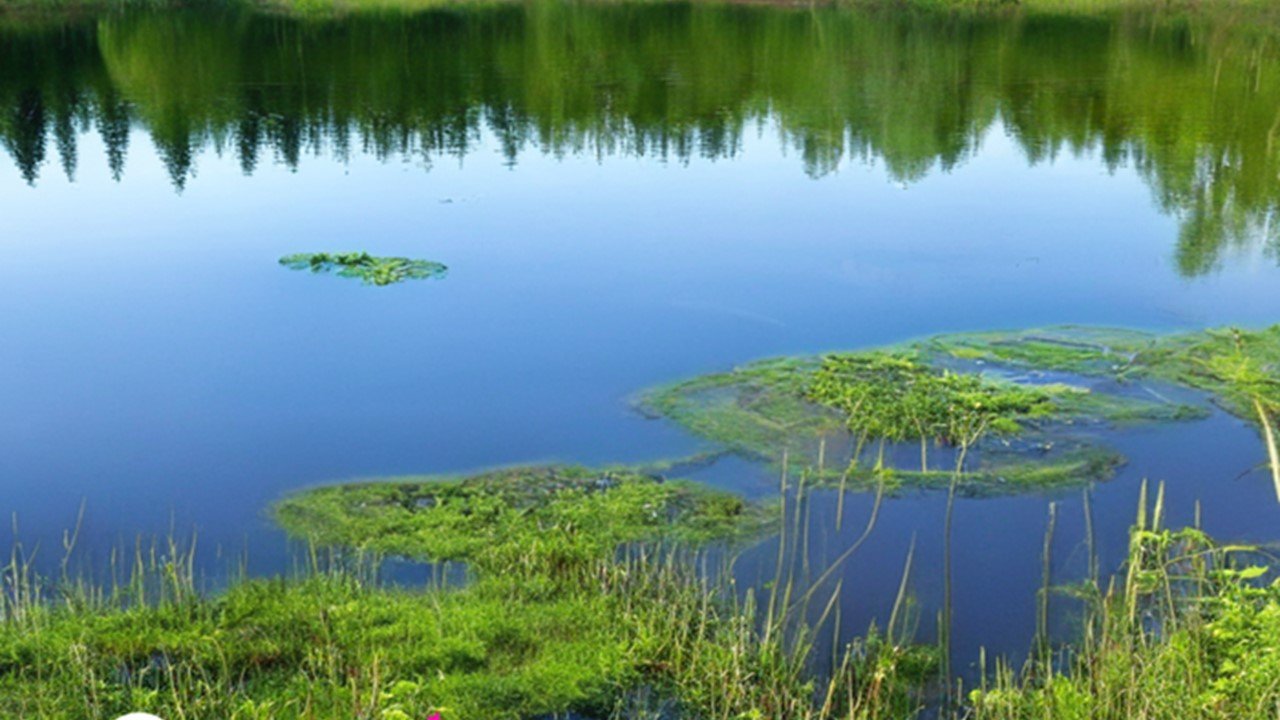
The revival of lakes and ponds is made possible through environmental services such wetland development, shoreline stabilisation, and nutrient management, which are advantageous to the environment and the communities in the area. Environmental services guarantee the conservation of priceless ecosystems and present chances for economic and recreational growth by assisting in the renewal of these waterbodies.

